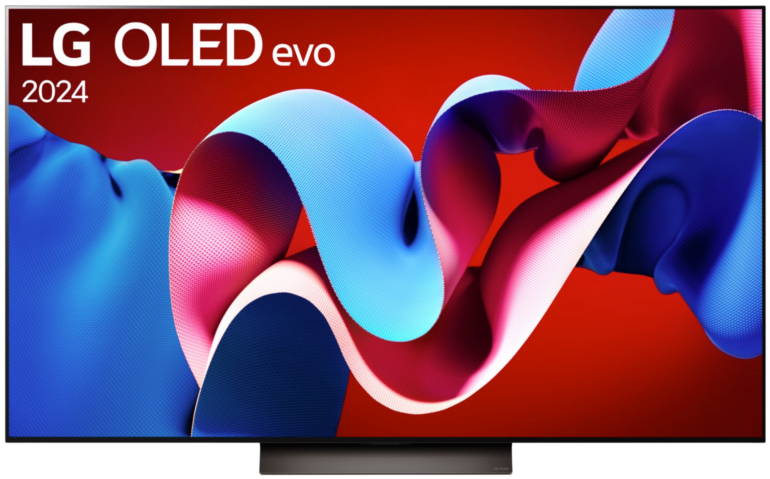HDMI (High Definition Multimedia Interface)
The abbreviation HDMI refers to High Definition Multimedia Interface and is a widely used interface for the transmission of digital audio and video data. In association with televisions, a corresponding connection is the best way to achieve a high-quality reproduction. Various versions are available on the market today. Since its introduction, the interface has been continuously expanded with new functionalities and has increased in terms of bandwidth.
HDMI as today’s industry standard for TV sets
The development of the well-known interface is the result of a collaboration between several large electronics companies. The founding members of this so-called HDMI initiative were Hitachi, Panasonic, Philips, Silicon Image, Sony, Thomson and Toshiba. These companies began developing the technology in April 2002.
The proclaimed goal: to create an audiovisual connection that is compatible with the Digital Video Interface, or DVI for short, but offers additional functions such as audio transmission and improved color space coverage. Production of the first electronic devices with this type of connection began at the end of 2003. Since then, the standard has been a fixed component in consumer electronics and is still offered in several versions today.
While inexpensive televisions with Full HD are still equipped with the comparatively old 1.4 version, more expensive entry-level and mid-range TVs are often equipped with the 2.0 solution, which is almost twice as fast. The top performance class is – with a few exceptions – practically always supplied with version 2.1.
General advantages of an HDMI interface
- High video and audio quality possible
- Support for SD and HD formats
- Native HDR support integrated
- Compatibility with many other electronic devices
- Audio return channel via ARC / eARC
- CEC functions available
HDMI versions since market launch
| Revision | Release | Main features | Bandwidth |
|---|---|---|---|
| 1.0 | December 2002 | 1080p video, 8-bit color depth, 8 audio channels | 4,9 Gbps |
| 1.1 | May 2004 | Support for DVD-Audio | 4,9 Gbps |
| 1.2 | August 2005 | Support for SACD, PC connections | 4,9 Gbps |
| 1.3 | June 2006 | Support for Deep Color and HD audio formats | 10,2 Gbps |
| 1.4 | May 2009 | Ethernet via HDMI, Audio Return Channel, 3D support, 4K resolution for 24 to 30 hertz, new color spaces, HDMI micro connection | 10,2 Gbps |
| 1.4a | March 2010 | Improvements in 3D support for broadcast formats | 10,2 Gbps |
| 1.4b | October 2011 | Support for 3D transmissions in 1080p | 10,2 Gbps |
| 2.0 | September 2013 | Support for 4K at 60 fps, 21:9 format, improved audio capabilities | 18 Gbps |
| 2.0a | April 2015 | Additional support for High Dynamic Range (HDR) | 18 Gbps |
| 2.0b | July 2016 | Extension of HDR support to include Hybrid Log-Gamma (HLG) | 18 Gbps |
| 2.1 | January 2017 | Support for 8K at 60 fps and 4K at 120 fps, Dynamic HDR, increased bandwidth | 48 Gbps |
Note: Depending on the variant and manufacturer, the bandwidth and therefore the maximum possible picture and sound quality may vary. The actual range of functions may also differ. You should also check whether your cable solution is fully compatible with the respective revision in order to take full advantage of its performance.
- Audio
- Codecs
- Companies
- Features
- Ports
- Technical Terms
- Connectivity
- Misc
- Smart-Features
- Video
- Image Errors
- Image Formats
- Image Function
- Ports
- Technical Terms
- 4K
- 4K@120 Hertz
- Aspect ratio
- Backlight
- Banding
- Bit
- Black level
- Brightness
- Calibration
- Candela
- Color resolution
- Color space
- Color space coverage
- Color temperature
- Color volume
- Contrast
- Curved
- Filmmaker
- Flat
- Full HD
- Gamma
- Gamut
- HD Ready
- Home theater
- Image format
- Image synchronization
- Input Lag
- ISF
- Luminance
- Motion Handling
- Native resolution
- Netflix Calibrated
- Pixel
- Pixel density
- QFT
- QHD
- Raytracing
- Rec.2020
- Refresh rate
- Resolution
- Response Time
- Smart-TV
- UHD
- UHD-2
- VR
- White balance
- WQHD
- TV Tech


